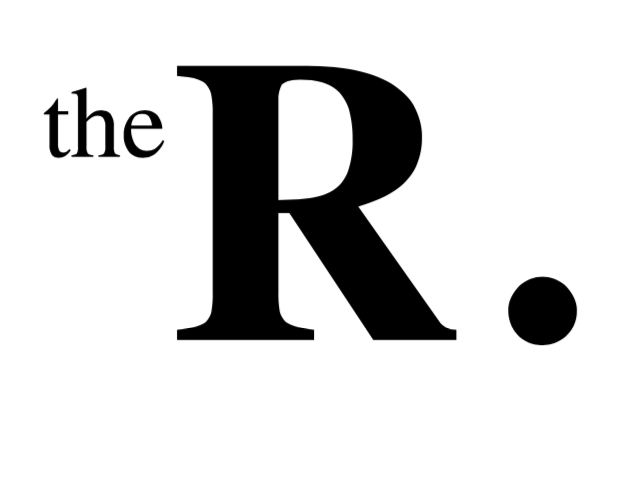By: Michelle Angkasa
The amazing team behind Our Time Kitchener-Waterloo, circa December 2019.
Way back in April, during the very first lockdown (remember that?), I wrote this wistful reflection on how I saw communities band together as a result of the pandemic:
Never before have I seen so many people actively reaching out, spending their time and resources to help others in need, participating in caremongering, and looking after vulnerable neighbours. It really warms my heart. Though we’re facing unprecedented times, it’s uplifting to see all these wonderful stories of the goodness of humanity.
It’s the family down the street that calls the grandparents next door and asks if they can pick up groceries for them. They’re the teachers going the extra mile to make sure that their students can pass their online courses. They’re the fearless nurses working overtime to deal with the influx of patients.
This spirit of solidarity forms the basis of the concepts of mutual aid and community organizing. Mutual aid is the practice of people giving and sharing time and resources amongst themselves, It’s a horizontal exchange, versus a top-down style delivery of aid, such as the Canada Emergency Response Benefit (CERB).
Community organizing occurs when a group of people come together to advocate for their communities on a particular issue. This kind of organizing work is the backbone of the labour rights movement, something that has noteworthy history here in Canada, particularly during the 20th century.
There’s been a slow erosion of the prominence of civil society as a result of our faster paced lives, neoliberal capitalism, and our individualistic Western culture. Historically, people lived in smaller communities where neighbours knew each other, belonged to a local organization, and depended much more on their immediate society. Nowadays, with the advent of technology and globalization, our sense of locality and belonging has greatly diminished.
I see this in my own life. As I wrote in that reflection, I was surprised at my newfound feelings of belonging and responsibility to my community. Being forced to be home was the catalyst for me to start thinking about how I could improve the places and lives of people around me. In other words, I became inspired to become a community organizer.
__________________________________________
Last summer, I had the opportunity to serve as a representative of Our Time, and helped lead a national coalition of young climate justice organizers in a campaign called Not Going Back. I also participated in a workshop to learn about systems change and a Just Recovery. In the fall, I was a fellow with Future Majority and hosted a town hall with a Kitchener MP. And now, I wear two hats: one as a Parliamentary communications assistant and another as the WUSA Sustainability Commissioner.
My involvements with these organizations sprang out of my passion for harnessing people power. There’s something unstoppable when a group of people come together for a shared cause. Whether it was for climate action, mental health care, accessible education, or sustainability, I saw firsthand how mutual aid and community organizing can contribute to a powerful momentum that can spur real change.
Here are some of my key takeaways from my experiences.
- Trust people to know what they need.
This is an important tenet of mutual aid. It’s the idea of trusting people with their own wellbeing, and to not judge or dictate how people should act or feel. Mutual aid and community organizing work often serves marginalized and disenfranchised people, therefore it is critical to respect people’s opinions and situations to not impose your will on them.
- People want to help; all they need is a way to do so.
I was overwhelmed by the countless examples of generosity and empathy during this pandemic. In my climate justice coalition, dozens of us poured hundreds of hours of work -unpaid!- into planning our campaign. People are eager to give back; it’s usually just a matter of connecting them with the right causes and groups to get them started.
- As an organizer, your main job is to help people shine.
A good leader will equip people with what they need to succeed and motivate them to accomplish their goals. Community organizers bring a diverse variety of people together under one banner. Helping each team member recognize what they can bring to the table is the core of this work.
If you’ve gotten this far and have been inspired by what I wrote, plug in! Here are two amazing groups in the Kitchener-Waterloo region that are doing much needed mutual aid and organizing work.
- The Community Fridge KW is tackling food insecurity and diverting food waste in Kitchener.

- 50by30 WR is working towards climate justice and a safe climate future in Waterloo Region.

Mutual aid and community organizing is all about harnessing people power.
Don’t miss out on the revolution that’s emerging now: join an organization or start one today!

Undeniably believe that which you said. Your favorite reason seemed to be on the net the simplest thing to be aware of. I say to you, I definitely get irked while people think about worries that they plainly do not know about. You managed to hit the nail upon the top as well as defined out the whole thing without having side effect , people can take a signal. Will probably be back to get more. Thanks
LikeLike
It’s actually a cool and helpful piece of info. I’m glad that you shared this useful information with us. Please keep us informed like this. Thanks for sharing.
LikeLike